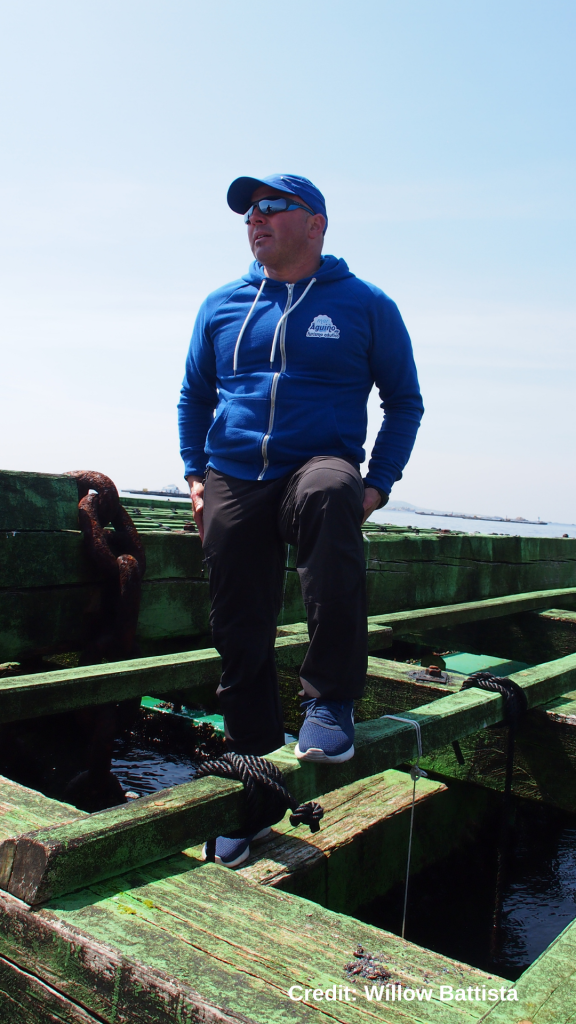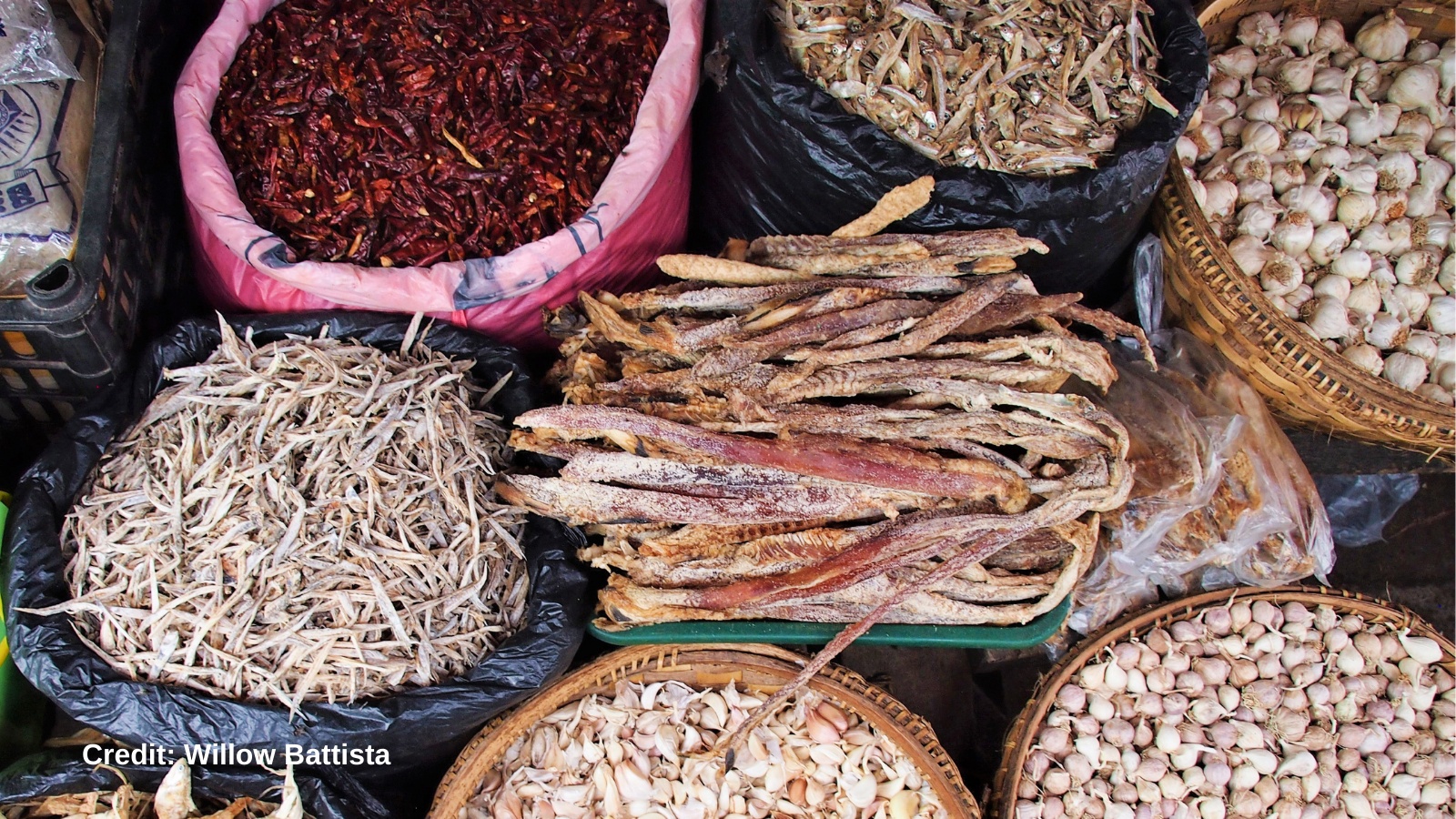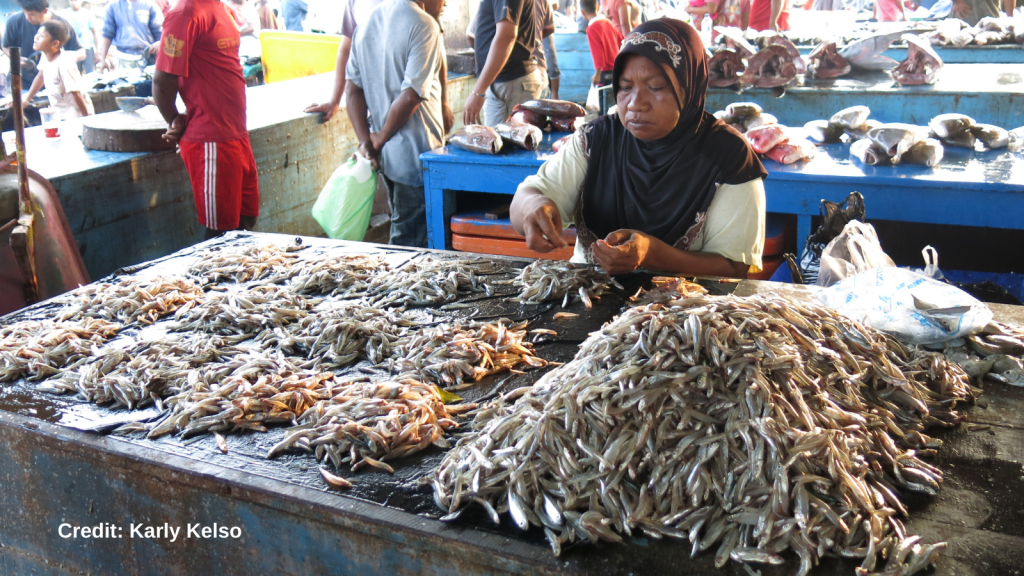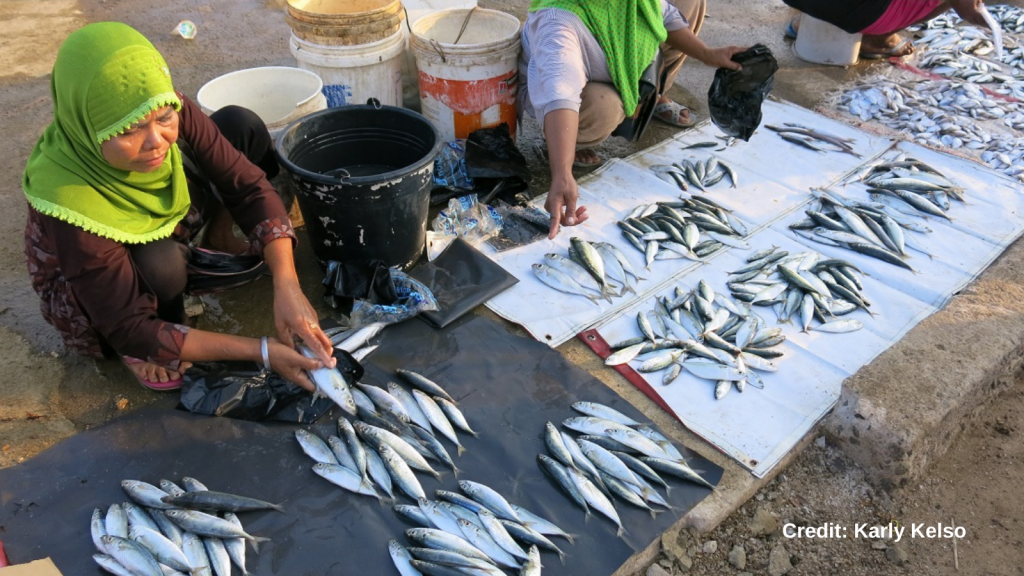By Christopher Free and Willow Battista
Earlier this spring, 1.5 million livestock died in the Horn of Africa. The immediate culprit was a severe, prolonged drought spurred by the growing effects of climate change. It’s a sign of weakening food systems in a warming world. But while land-based food systems are carbon-intensive and increasingly unstable, research shows aquatic food presents real, tangible opportunities to feed more people with fewer climate impacts and a clear message: to solve our food problems, we must look to the oceans.
Of course, climate change will also affect our ability to produce seafood. We have seen this first-hand. One of us is a University of California-Santa Barbara researcher focusing on aquatic adaptation and the other is a member of the Environmental Defend Fund’s Climate Resilient Food Systems initiative. We understand the challenges that climate change poses to our fisheries, and we’ve been studying ways to sustainably increase production despite those challenges.
In a study recently published in Nature, we simulated multiple climate scenarios from mild to severe and looked at how they impacted seafood production from both wild capture fisheries and ocean aquaculture. The findings are clear: the most important thing we can do to protect our food systems is to cut greenhouse gas emissions. In the most severe scenarios, we simply won’t be able to produce enough seafood to feed a growing population. But in scenarios of milder climate change, adaptation is possible.
The steps wild capture fisheries can take to adapt are already widely known. Fisheries with precautionary and adaptive management systems that anticipate changes in productivity and ranges will have the greatest resilience, and some fisheries that implement these tactics may even produce more seafood than they do today. Cooperating across political boundaries to maintain sustainability as stocks shift between borders will also be key.
 But even in the best of climate scenarios, these steps won’t be enough. Most countries, and especially those in the developing tropics where much of the population is dependent on fisheries for livelihoods, food and nutrition, will still see notable drops in fishery yields per capita. To unlock the full potential of our oceans to feed us in a warmer future, we will also need aquaculture.
But even in the best of climate scenarios, these steps won’t be enough. Most countries, and especially those in the developing tropics where much of the population is dependent on fisheries for livelihoods, food and nutrition, will still see notable drops in fishery yields per capita. To unlock the full potential of our oceans to feed us in a warmer future, we will also need aquaculture.
Despite climate change’s challenges, aquaculture productivity has increased rapidly in recent years. Still, our research shows that innovation will be necessary to overcome problems, such as limited supplies of forage fish used as feed for some farmed species. But by combining climate-adaptive fishery management with innovations in feed and climate-smart decisions about what species to farm and where, demand could become aquaculture’s only true limit under all but the worst climate change scenarios.
Of course, climate change’s effect on fish populations isn’t just a food problem. It’s a threat to entire ways of life. Just ask lobstermen in Connecticut, who have seen lobster landings fall by as much as 96.6% from the most productive year. It’s a problem that is even more extreme in the tropics, where fish populations are rapidly leaving the equator for cooler waters at the poles. For under-resourced nations, traditional fishing communities that can no longer rely on fish will struggle to adapt quickly.
Aquaculture has the potential to mitigate climate-related losses by providing jobs and replacing valuable food sources. Additionally, increased production is expected to reduce prices while increasing affordability and consumption.
But sustainable aquaculture won’t just happen. We need clear, science-based policies, best practices and standardized permitting procedures. In countries without a history of aquaculture, we need to invest in technical training and supply chain infrastructure. And in all countries, we’ll need policies that ensure sustainability and increase equitable access to the industry and to the seafood it produces.
 We also need innovations to address geographic vulnerabilities, like culturing native species adapted to local hazards. Boosting production of the ingredients that make aquaculture possible must also be a priority. To feed the globe, we need to make aquaculture feed sustainable, affordable and available at a global scale.
We also need innovations to address geographic vulnerabilities, like culturing native species adapted to local hazards. Boosting production of the ingredients that make aquaculture possible must also be a priority. To feed the globe, we need to make aquaculture feed sustainable, affordable and available at a global scale.
The U.N.’s recent IPCC report was clear: climate change is already affecting our food supply. We can see it in East Africa’s drought and in fisheries across the world. Our research shows adaptations can work, but they will only be harder to adopt as the effects of climate change worsen, and even the most advanced innovations in aquaculture and fishery adaptations will fail in the face of the worst climate scenarios.
While the consequences of climate change are alarming, the opportunity the oceans present is promising. If we cut emissions and invest in climate-smart fishery management and aquaculture expansion, we have a real opportunity to build a more resilient food system and produce more seafood per capita than we do now, and more sustainably. But we must act.












